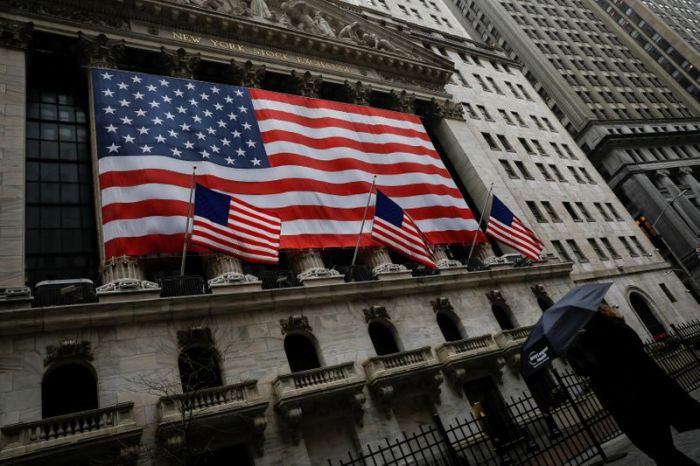NEW YORK (Reuters) – The U.S. dollar edged higher against the euro in a choppy session on Thursday after a video conference of European Union leaders looking to set up a joint fund to avert an economic collapse in parts of the 27-member bloc ended without any agreement on details.
German Chancellor Angela Merkel signaled on Thursday she was open to offering major financial support for a coronavirus recovery package worth as much as 2 trillion euros, but wanted to see how it would be used before committing.
French President Emmanuel Macron said Europe’s response to economic turmoil caused by the coronavirus crisis required financial transfers to the hardest-hit regions and not just loans.
Disagreements over the size and shape of the rescue package persisted, Macron said, adding that the European project had no future if member states failed to respond to the “exceptional shock.”
The uncertainty related to the rescue package was weighing on the euro, said Juan Perez, senior currency trader at Tempus Inc in Washington.
Against the dollar, the euro was 0.36% lower on the day.
Earlier in the session the euro took a hit after a survey showed economic activity in the euro zone all but ground to a halt this month as the coronavirus outbreak sweeping across the world forced governments to impose lockdowns and companies to halt production and shut their businesses.
“Frankly, we know the data is bad; we just need to see a course of action for the rescue,” said Perez.
The coronavirus has infected more than 2.57 million people globally and killed over 178,000, and with citizens told to stay at home economic activity has plummeted.
The economic data out of the United States was also grim.
U.S. business activity plumbed new record lows in April as the coronavirus severely disrupted manufacturing and services industry production, pushing the economy into uncharted waters.
Separately, the Labor Department said on Thursday 4.427 million more people applied for unemployment benefits for the first time last week.
The U.S. Dollar Currency Index <=USD>, which measures the greenback’s strength against six other major currencies, was about flat on the day at 100.44. The index hit a more than two-week high of 100.69 earlier in the session.
The yen pared gains against the dollar to trade about 0.2% higher after a report in the Nikkei newspaper said the Bank of Japan will discuss scrapping its cap on government bond purchases at its next policy meeting on April 27.
The dollar slipped against the currencies of oil-producing states as a bounce in crude prices gave succor to markets shaken by the massive coronavirus-induced drop in demand.
The Norwegian crown <NOK=>, Russian rouble <RUB=> and Mexican peso <MXN=> all gained as Brent crude <LCOc1> rallied on tensions in the Middle East and signs that producers were cutting production to address collapsing demand for fuel.
The pound <GBP=> rose 0.1% against the dollar even after dire UK preliminary PMI readings for April, as market activity appeared immune to new data about the disastrous economic fallout from the coronavirus.
(Reporting by Saqib Iqbal Ahmed; Editing by Chris Reese and Jonathan Oatis)























